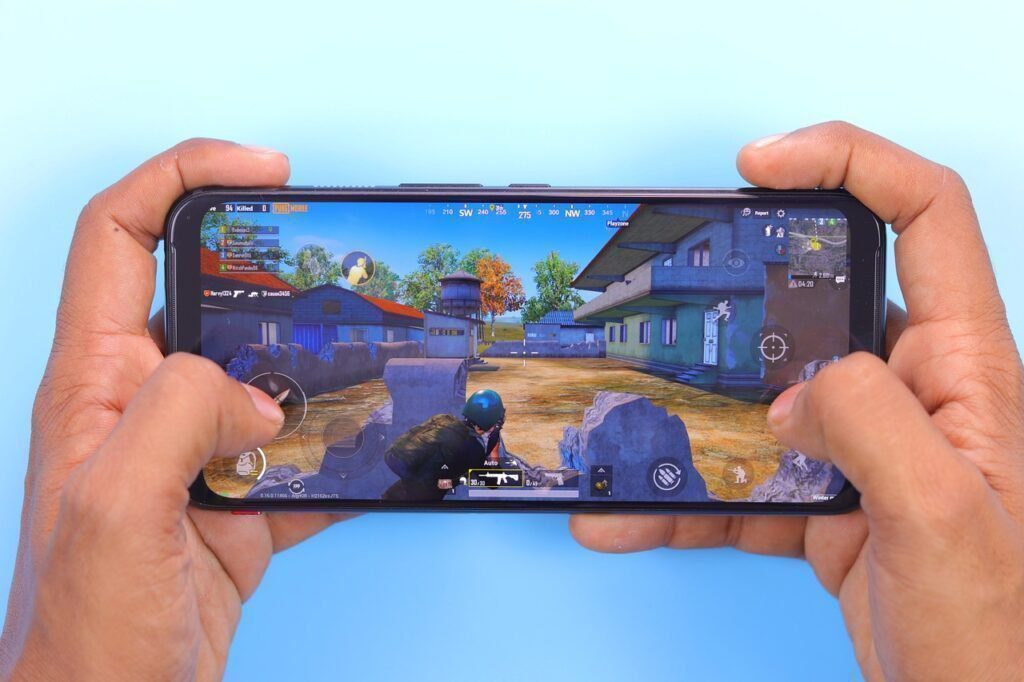In a world obsessed with “all-in-one” productivity suites and bloated super-apps, a quiet revolution is sweeping the digital landscape in 2025: minimalist apps that do one thing—and do it perfectly.
These apps are small, focused, and fast. They strip away the noise, reject feature creep, and embrace the philosophy that less is not just more—it’s better. In a time when users are overwhelmed by digital fatigue, minimalist apps offer clarity, calm, and performance.
From note-taking tools that feel like pen on paper to email clients with zero distractions, this article explores why minimalist apps are thriving in 2025, what makes them so appealing to users, and 15 powerful examples that prove focus wins.
Why Minimalist Apps Are Taking Over in 2025
🧠 1. Cognitive Overload Is Real
People are tired of navigating 20 features to use one. The average user wants utility without complexity.
⚡ 2. Speed Matters
Minimalist apps are faster because they’re lighter. No endless loading screens, no sluggish animations.
🎯 3. Focus Enhances Flow
Fewer features = less context switching. Minimal apps keep you in the zone.
📱 4. Mobile-First Simplicity
Creators and workers now live on mobile devices. Simpler interfaces = better on-the-go experience.
💡 5. User Intent Has Changed
Users want apps that solve a problem, not replace their entire life. They crave clarity, not clutter.
15 Minimalist Apps That Nail a Single Use Case in 2025
1. Bear Notes
📍 bear.app
Purpose: Clean, beautiful note-taking for writers, students, and thinkers.
🧠 Why it works: Markdown simplicity + stunning typography. No databases, no task managers—just notes.
2. TickTick’s Focus Timer
📍 ticktick.com
Purpose: A Pomodoro-style timer with stats and sounds.
🎯 Why it works: No need to set up projects—just press start and focus.
3. Edison Mail Lite
📍 edisonmail.com
Purpose: Strip your inbox down to what matters.
✉️ Why it works: One-swipe triage, smart unsubscribe, and zero ads.
4. Clear Todos
📍 clear.app
Purpose: A to-do list app with no dates, no categories—just priorities.
📋 Why it works: Swipe to complete, drag to reorder. Simple and satisfying.
5. Scribblet
📍 apps.apple.com
Purpose: Hand-drawn widgets for iOS homescreens.
🎨 Why it works: Do one thing—let users draw tiny, personal widgets—and make it delightful.
6. Jot
📍 usejot.app
Purpose: One-note workspace for your most important thought.
🧘 Why it works: The ultimate “just write” app. No folders, no tabs, no distractions.
7. Minimalist Calculator
📍 minimalcalc.app
Purpose: A beautiful, keyboard-first calculator.
🧮 Why it works: Smooth animations, no ads, no history spam.
8. ZenJournal
📍 zenjournal.app
Purpose: Daily journaling in a blank, quiet interface.
💭 Why it works: No prompts. No menus. Just you and your thoughts.
9. Yoink (Clipboard Manager)
📍 eternalstorms.at/yoink/
Purpose: Drag-and-drop clipboard stack.
📎 Why it works: You copy, it saves. That’s it. Creators swear by it.
10. Ochi
📍 ochi.app
Purpose: Block distractions with one tap.
🚫 Why it works: Simple UI, one-click block, real-time stats. No config required.
11. Highlight
📍 highlight.so
Purpose: Highlight and annotate webpages like Kindle highlights.
🔖 Why it works: Dead-simple browser extension that syncs across devices. No fuss.
12. Typedream AI Blog
📍 typedream.com
Purpose: One-click blog post generator.
✍️ Why it works: Enter a title → get a blog draft → post. Zero design effort.
13. DaisyDisk
📍 daisydiskapp.com
Purpose: Visualize and clean your Mac’s disk space.
💾 Why it works: Single screen, instant results. Like Marie Kondo for your hard drive.
14. Plinky
📍 plinky.app
Purpose: Brainstorm tiny ideas—like tweets, hooks, or lines.
💡 Why it works: No long-form editor. Just one thought per card. Lightning-fast.
15. TimeBloc
📍 timebloc.app
Purpose: Visual daily planner. Block time and move on.
📆 Why it works: No goals, no karma, no kanban—just time blocks that flow.
What Makes These Apps “Minimalist” (Beyond Just Design)
✅ Single-function focus
Each app solves one problem. No bloated add-ons, no “coming soon” toolkits.
✅ Speed-optimized
Minimalist apps load instantly, work offline, and run on low RAM—even on older phones.
✅ User-first UX
No sign-up walls. No annoying popups. No distracting UI. Just tap and go.
✅ Built for flow
They’re designed to reduce friction—perfect for deep work, writing, or ideation.
✅ No ads, no noise
Many minimalist apps in 2025 have transparent pricing or are indie-supported. You pay for peace.
Why Creators & Solopreneurs Love Minimalist Apps
- Less mental load = more creative energy
- Helps maintain focus and rhythm
- Prevents burnout from too many notifications
- Feels more intentional and human
- Pairs well with second brains like Notion or Obsidian without overlapping
“Minimalist apps respect my time and attention. They don’t beg for it.”
— Sophia Wren, UX Designer & Digital Minimalist
The Design Philosophy Behind the Trend
Many minimalist app developers follow these principles:
- Don’t build features unless 1000+ users beg for them
- Treat the UI like a meditative space
- Prioritize one-thumb use and quick launch
- Use delightful micro-interactions instead of bloated gamification
- Keep pricing fair—one-time pay or simple subs (no dark patterns)
In short: Minimalist apps are built with love, not funnels.
Final Takeaway
In 2025, the best apps aren’t the ones with the most features. They’re the ones that get out of your way and let you do your best work.
Minimalist apps are a rebellion against complexity, a return to intentional design, and a tool for digital clarity in an era of overload.
You don’t need 20 tools with dashboards.
You need five beautiful ones that make you feel calm, fast, and focused.
The trend isn’t just aesthetics.
It’s a lifestyle.
